The heart of one of Pavia’s most beautiful buildings, Palazzo Olevano, a historic eighteenth-century mansion in the center of the city, is in danger of seeing its face heavily changed due to the construction of a new glass and concrete gymnasium to serve Liceo Cairoli: in fact, the school is based in the historic building, where work has already begun on the structure. The project has thus turned into an emblematic point of friction between the needs of the school and the need to preserve a priceless historical-artistic heritage. And not only historical-artistic: also environmental, since a tree, a 14-meter hackberry tree, has already been cut down for the construction of the gymnasium.
Palazzo Olevano, an 18th-century mansion that has housed Cairoli High School since the 19th century, represents a prominent element in Pavia’s architectural and cultural landscape. Its construction, begun in 1724 by the Hierosolomite knight Baldassarre Olevano based on a design by Lorenzo Cassani and completed approximately in 1786, testifies to a period of great urban and artistic ferment in Pavia, comparable only to Milan in terms of the richness and quality of architectural interventions. The palace stands on a site of considerable historical value, that of the former home of the famous jurist Jason del Maino. The back garden, on which the much-discussed new building stands, is in fact a roof garden, built right on the site of theancient viridarium of Jason del Maino’s house, and therefore laden with a historical and archaeological stratification that makes the site particularly delicate. Inside the palace, the apartment of the knight Baldassarre Olevano overlooks this garden, configuring itself as a small, precious anthology of 18th-century Lombard painting, with works by the likes of Ferdinando Porta and Giovanni Angelo Borroni. On the main floor, the hall of honor, rich in 18th-century stuccoes, and the gallery with Bibbienesque frescoes, which some sources attribute to Antonio Galli da Bibbiena, are unfortunately unusable, as reported by scholar Gianpaolo Angelini, professor of Museology at the University of Pavia who is closely following the case of Palazzo Olevano, due to significant rainwater infiltration from the roof. The large gates on Corso Mazzini, known to the people of Pavia as “the three rakes,” with their dramatic architectural solutions, add further value to this historic home, considered by many to be one of the greatest noble palaces of Pavia’s 18th century. The Olevano Palace, which is owned by the Municipality of Pavia, is also a listed historic building.
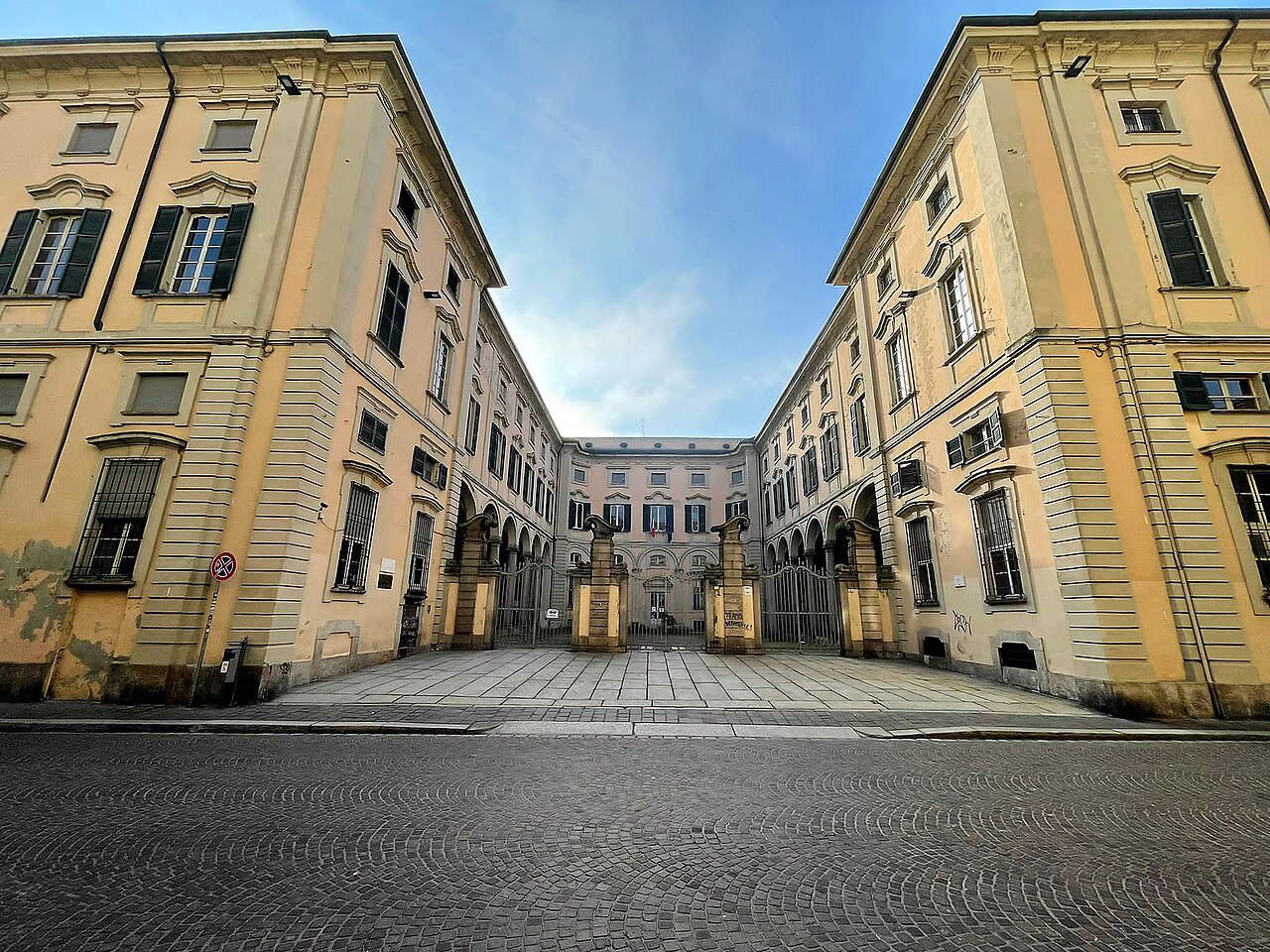
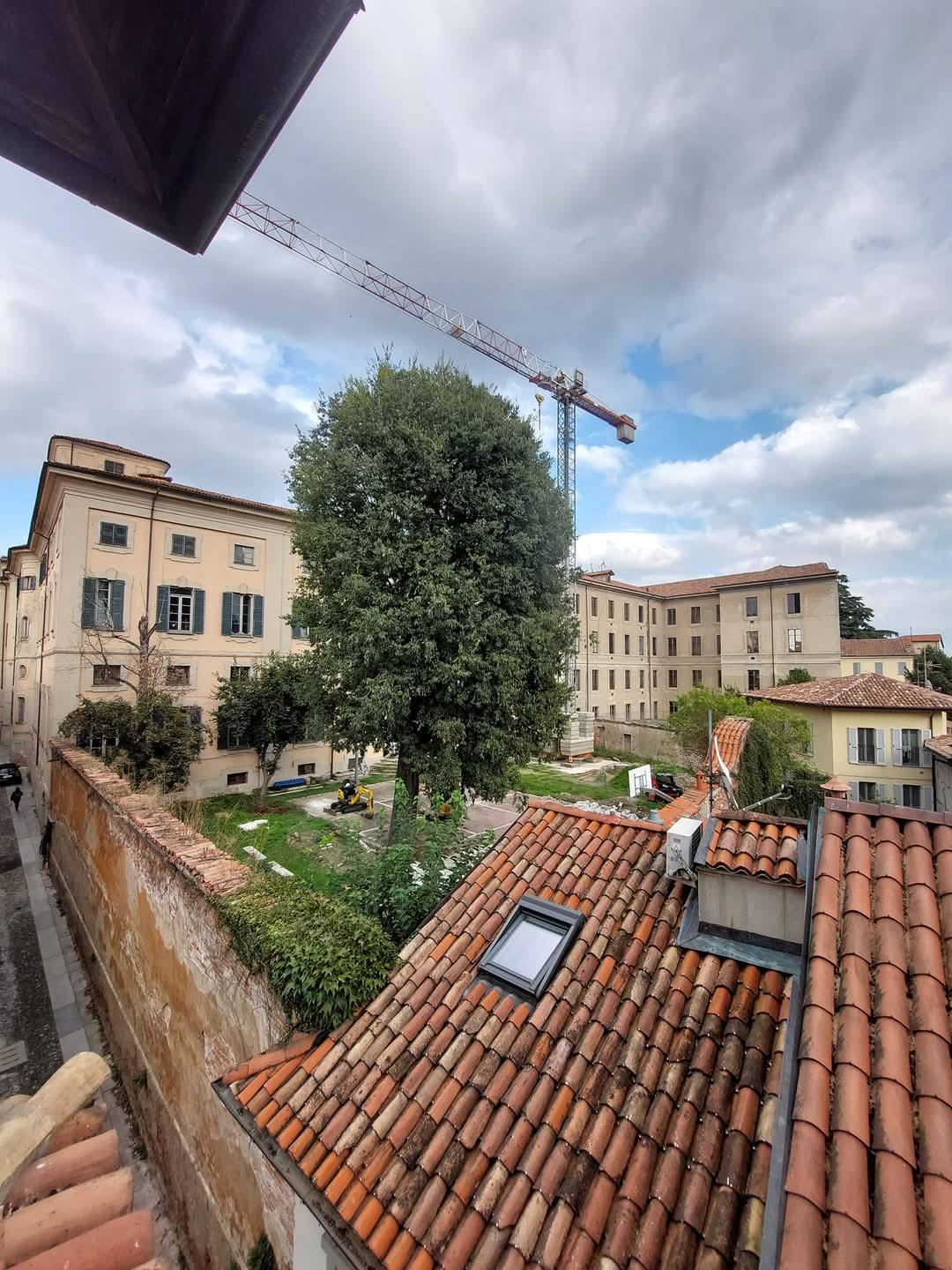
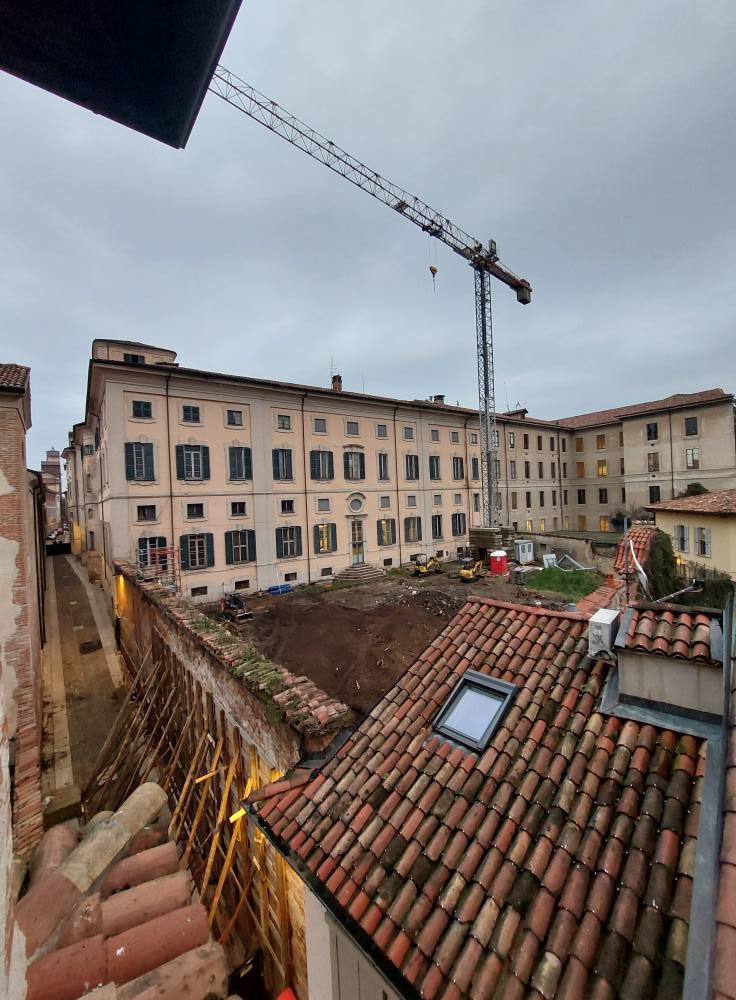
The gymnasium, designed with a concrete and glass cube shape, is intended to be built in the back garden of Olevano Palace. The work is being managed by the Province, the entity responsible for the school. The plan calls for a structure that will span 670 square meters, with exposed brick walls and a stepped roof covered by a roof garden, in place of what is now the high school’s basketball court. The new building should not structurally encumber the building’s existing masonry, and excavations will be limited as much as possible. The type of construction, which is mainly prefabricated, was chosen, according to what was made known during the presentation of the project, in order to allow for its possible disassembly in the future, should it be necessary to restore the state of the sites. The structure also is designed to be erected on iron columns that will support wooden arches on which the stepped roofing will be set, with a second exposed sugar-colored iron structure that will form a lattice frame and support the exterior brick cladding.
It was assured by the provincial administration’s engineer that the gymnasium will not be visible from Via Cavallotti, the street on which the garden wall faces. The work, worth 1.340 million euros, is funded through a European call under Next Generation EU and the National Recovery and Resilience Plan (NRP) for securing and upgrading school buildings. The work is expected to serve 1,700 students at Cairoli High School, and was initially scheduled to be completed by 2025, although the first concrete pour is from the spring of this year. The gymnasium should also be accessible to citizens and local associations during extracurricular hours.
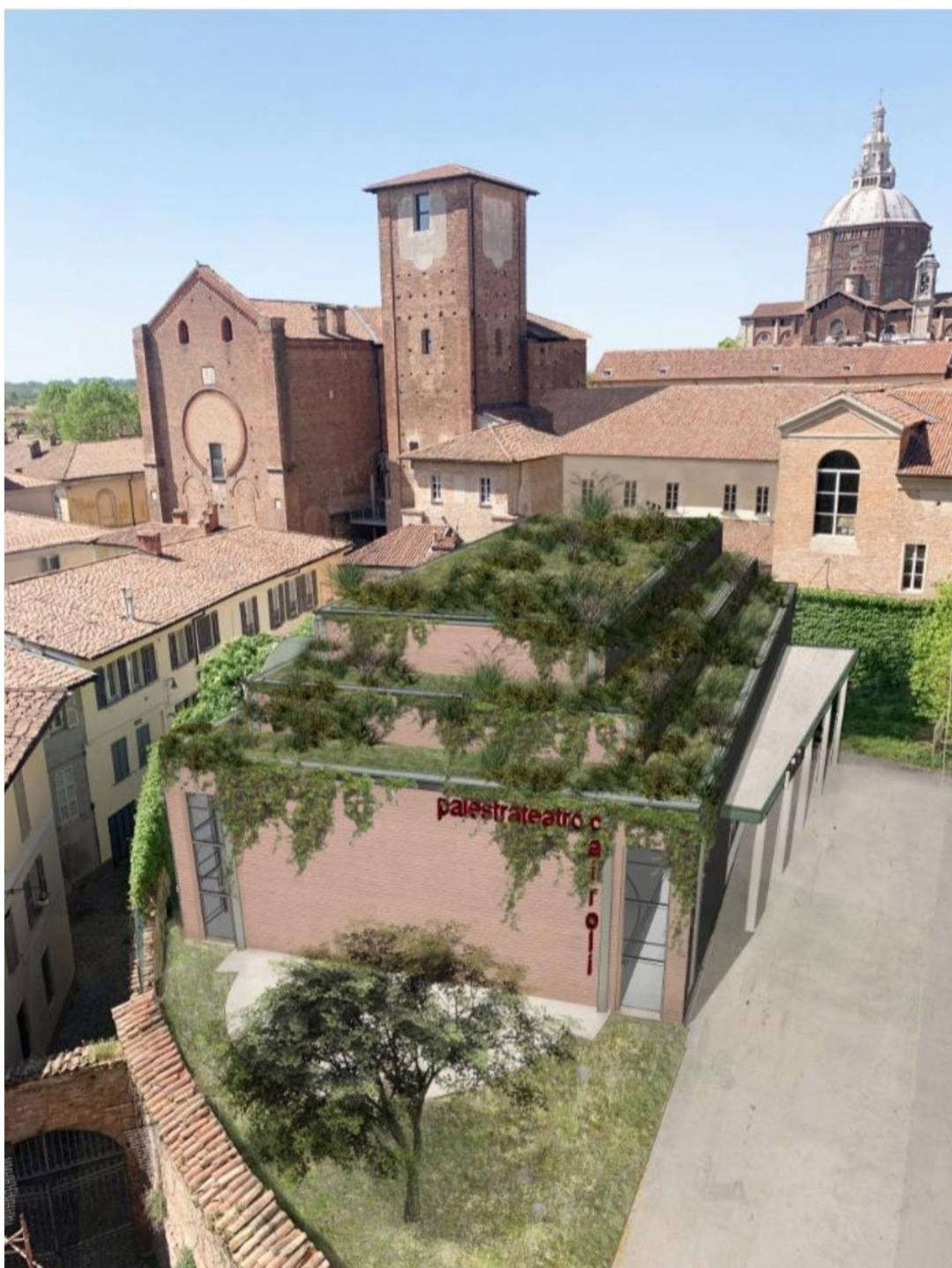
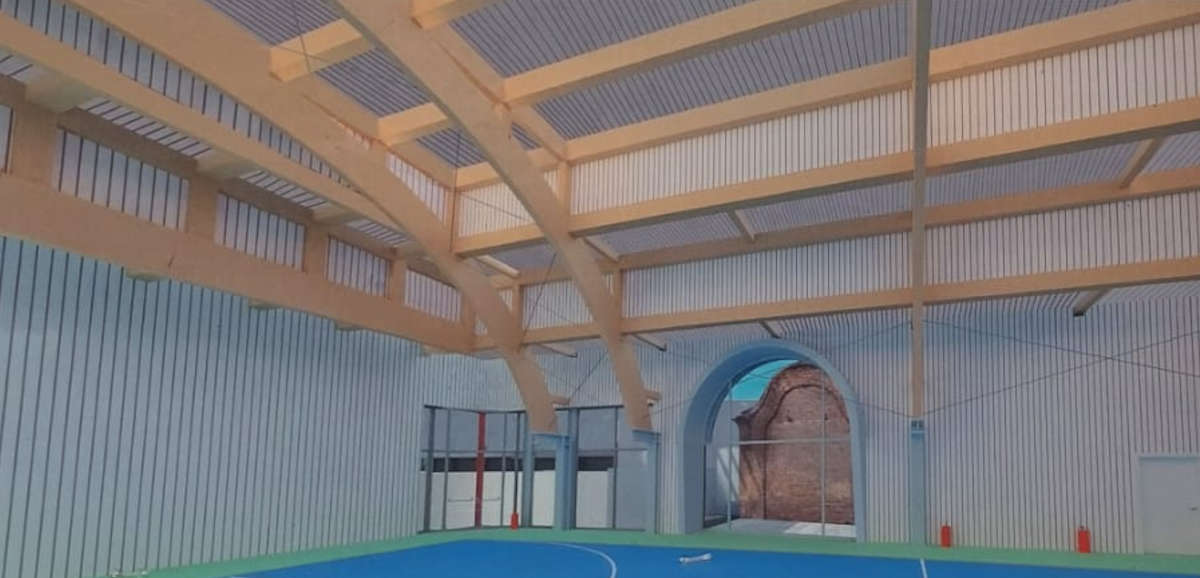
The construction of the gymnasium has been the subject of bitter controversy from the beginning, and has raised a wide debate involving institutions, experts and citizens. The Landscape Commission of the City of Pavia issued a double negative opinion as early as 2023, critically highlighting “the bulkiness and volumetry” of the proposed structure, an opinion that was nevertheless ignored in the face of a conditional favorable opinion from the Superintendence. Several heritage associations, including the FAI, Italia Nostra and the Friends of Museums, have vehemently protested the intervention, calling it “invasive at the highest level” and a “disfigurement,” but encountering general indifference from institutions.
One of the major concerns is the strong impact on the historical-environmental context. The garden, meanwhile, has already undergone heavy work, with the removal of tall trees whose minimum age was estimated at eighty years. The gymnasium, described as a “concrete and glass ziqqurat” by Giampaolo Angelini and almost nine meters high, is perceived by many as a threat to the historical and architectural integrity of the building and its context, as a structure that will severely compromise the aesthetics and functionality of the entire complex. Cairoli teachers, in a public letter signed by one hundred teachers, pointed out that the project would interrupt the main visual axis of Palazzo Olevano, a cardinal element that connects the front of the building with the votive shrine located at the bottom of the garden. This interruption is seen as an action that would compromise “the architectural harmony of the site,” turning the aedicule into a mere “relic, framed in a window like a painting,” and radically and irreversibly altering the space. And again Gianpaolo Angelini pointed out that it is not possible to think that such a building, on which substantial funds are spent, could be dismantled in the future and the garden recovered: “An irreversible and painful modification to which we sacrifice the protection of our heritage, poses a problem of protection of the place, which is thus radically altered and almost permanently. Indeed, it is not possible to think that in the future this building on which a lot of money is spent can be dismantled and the garden recovered. It is not a reversible operation in other words. It compromises a space, its connection with the frescoed rooms of the apartment on the ground floor of the building, whose door faces the garden in axis with the niche.” According to Angelini, we are witnessing the “largest and most conspicuous alteration of Pavia’s historic center since the gutting of the 1950s and 1960s,” reflecting “a blind and wild exploitation of the urban fabric.”
Another crucial point is structural stability and archaeological implications. Indeed, the site is founded on structures that are also very ancient, and Roman and medieval pre-existences are speculated. The structural and static problems of the retaining walls of the garden itself have been highlighted, with the Superintendency already noting critical issues and requesting preliminary stratigraphic surveys to assess the state of the archaeological deposit. However, according to the teachers, these analyses should have preceded any design decision and not been carried out just before the intervention. The building’s foundations, which date back to the 18th century, are described as “fragile and potentially vulnerable” to the stresses produced by construction work, and the lecturers are concerned that vibrations and excavations could compromise its stability in the short or long term. Added to this is the concern that the gymnasium would not meet legal distances between buildings, and its bulkiness would take away natural light from the secretarial offices, forcing staff to work in deteriorated conditions.
Then there is the most emblematic episode that has most ignited public debate, namely the damage to the 18th-century capitals of the building’s entrance gates. In August 2024, in order to allow the passage of a large crane truck destined to set up the construction site, two capitals on the side of the central gate on Corso Mazzini were heavily damaged. The capitals were later restored, but the incident triggered strong public condemnation.
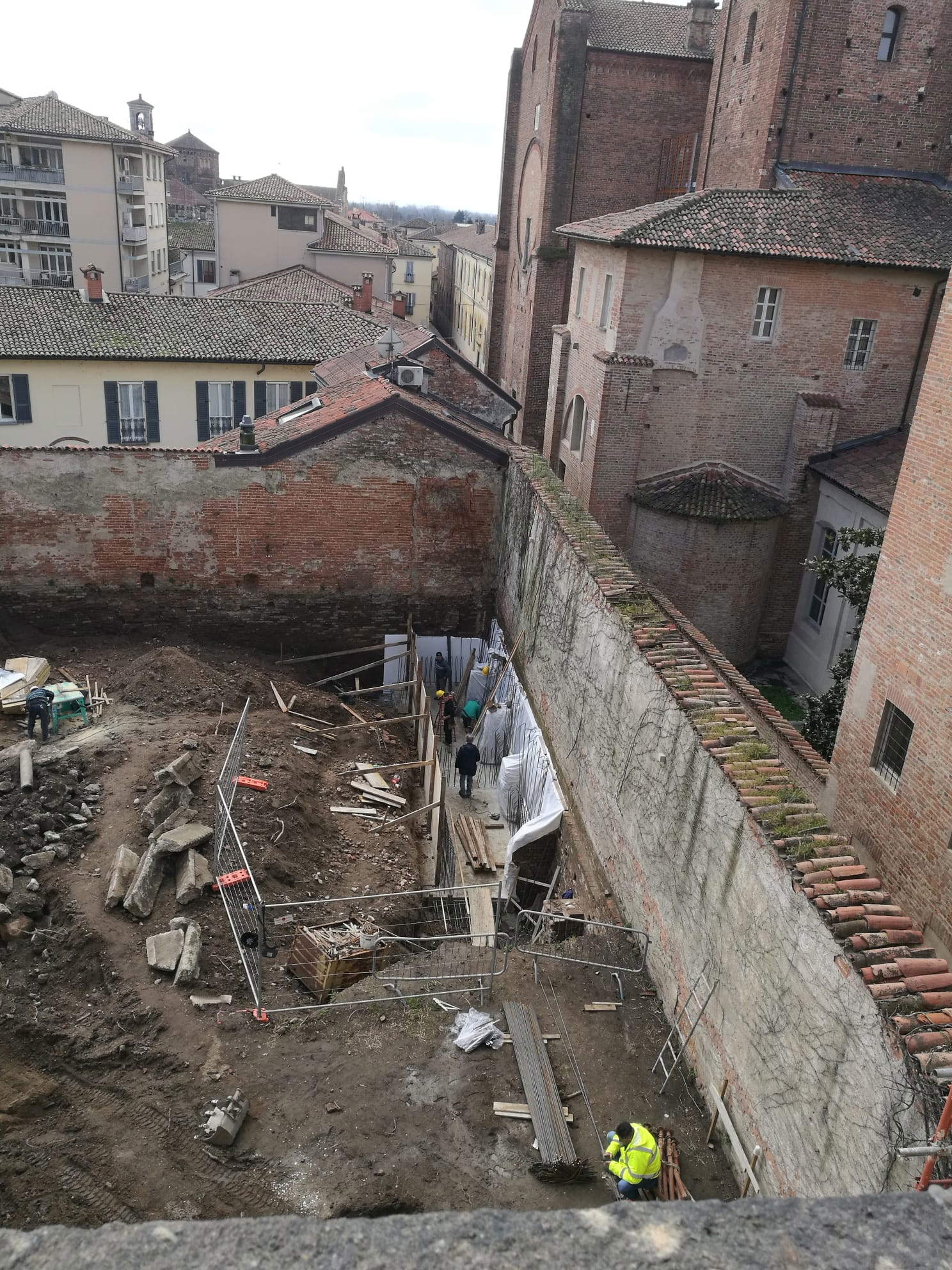
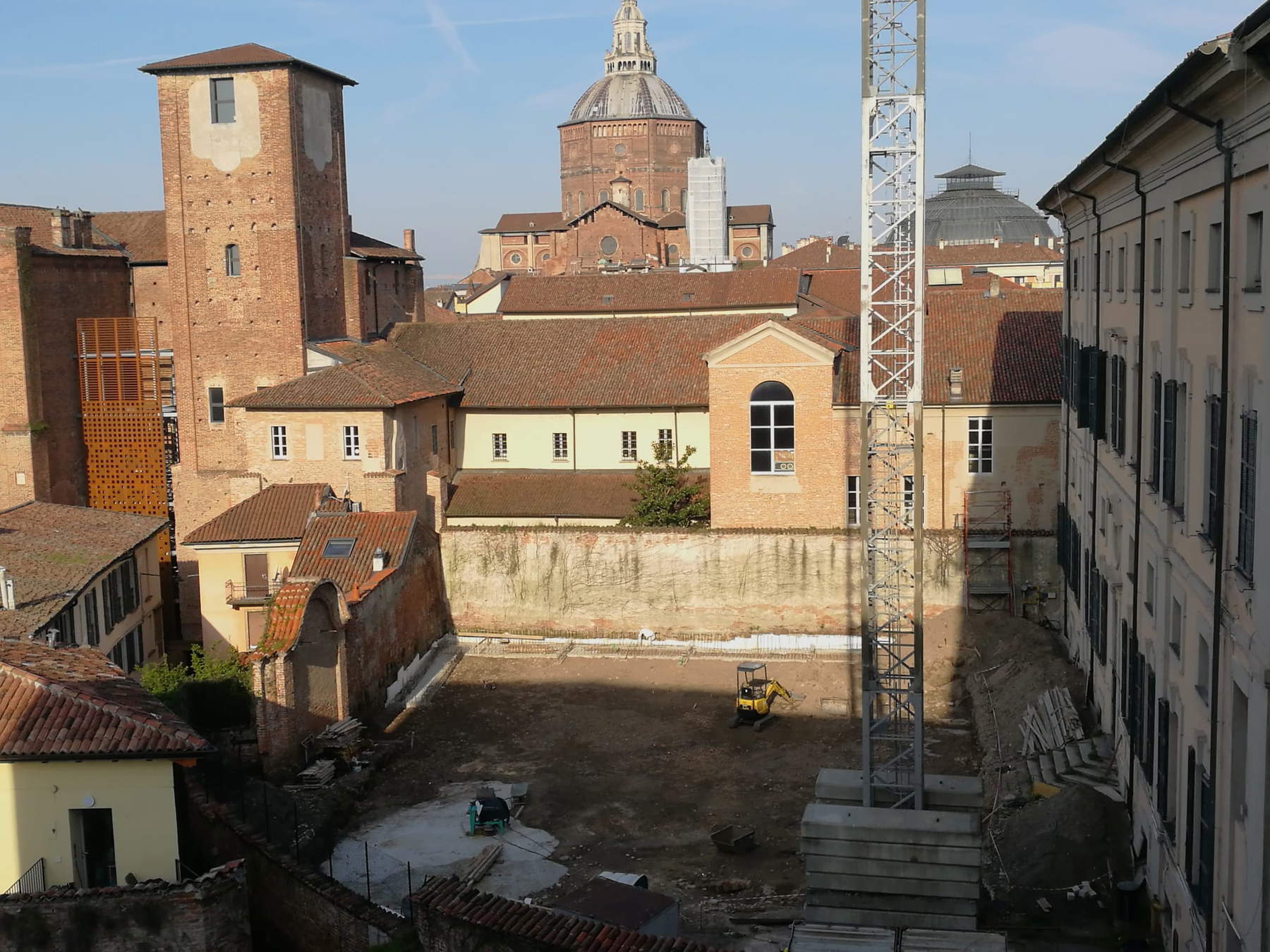
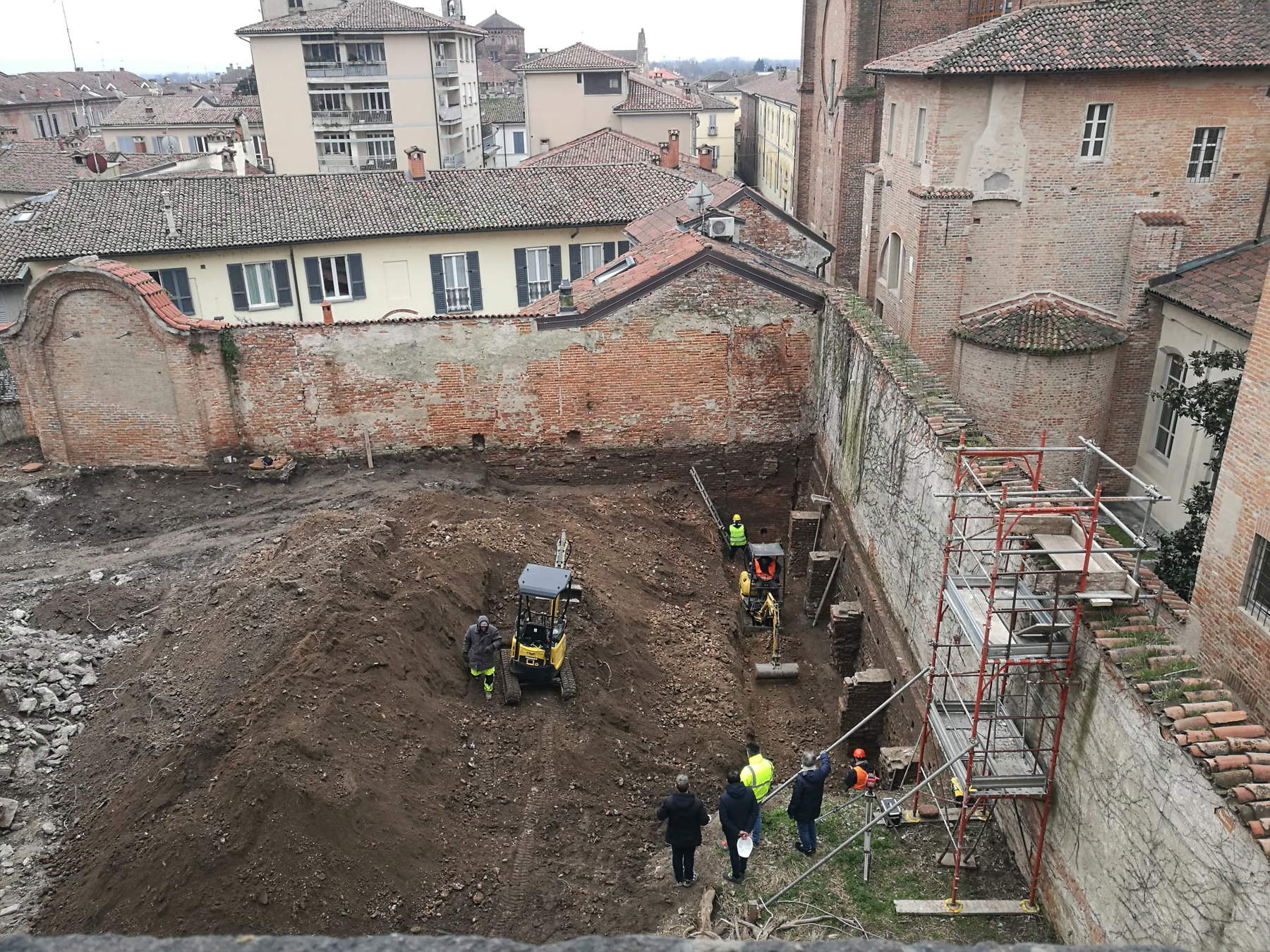
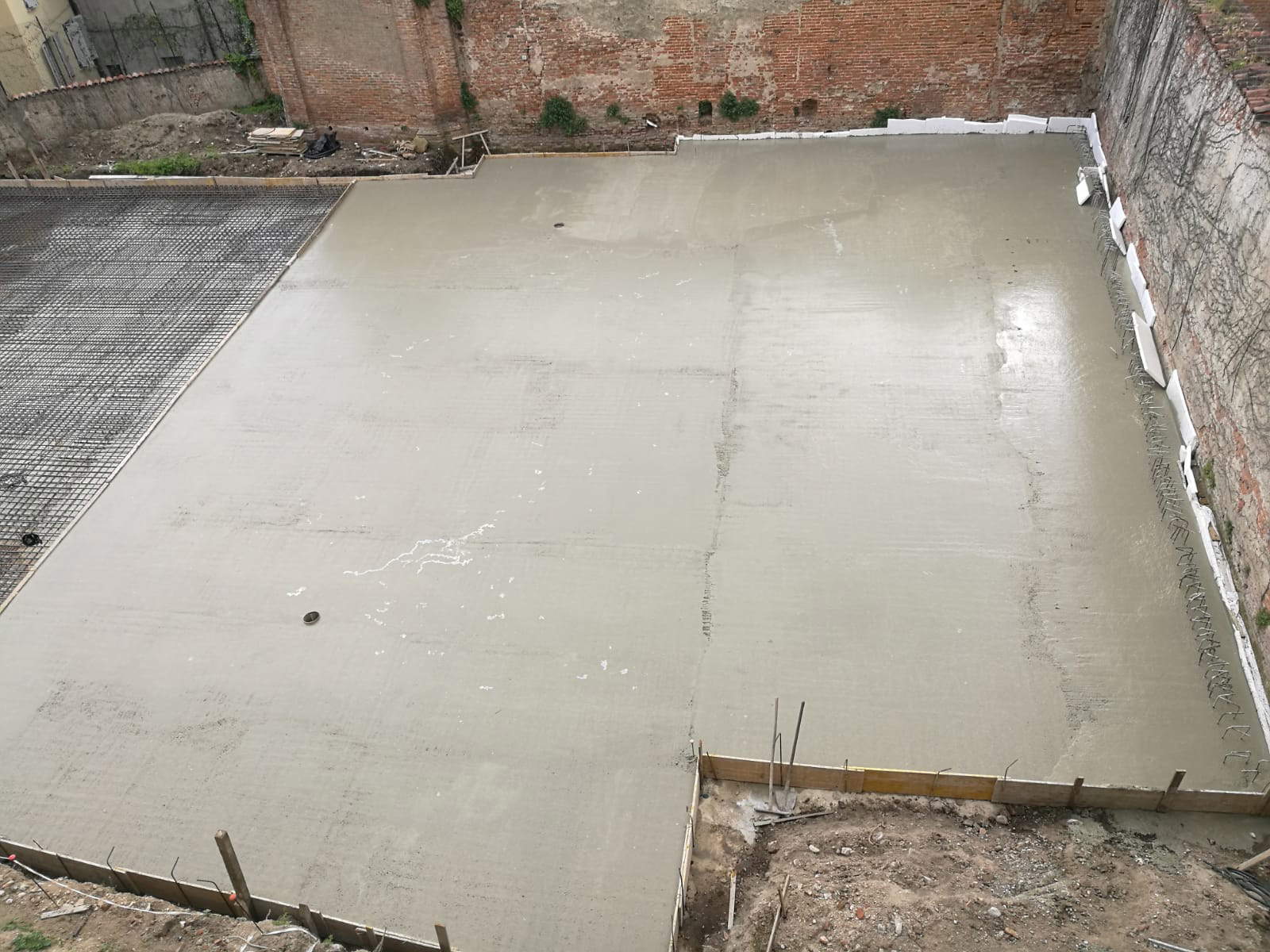
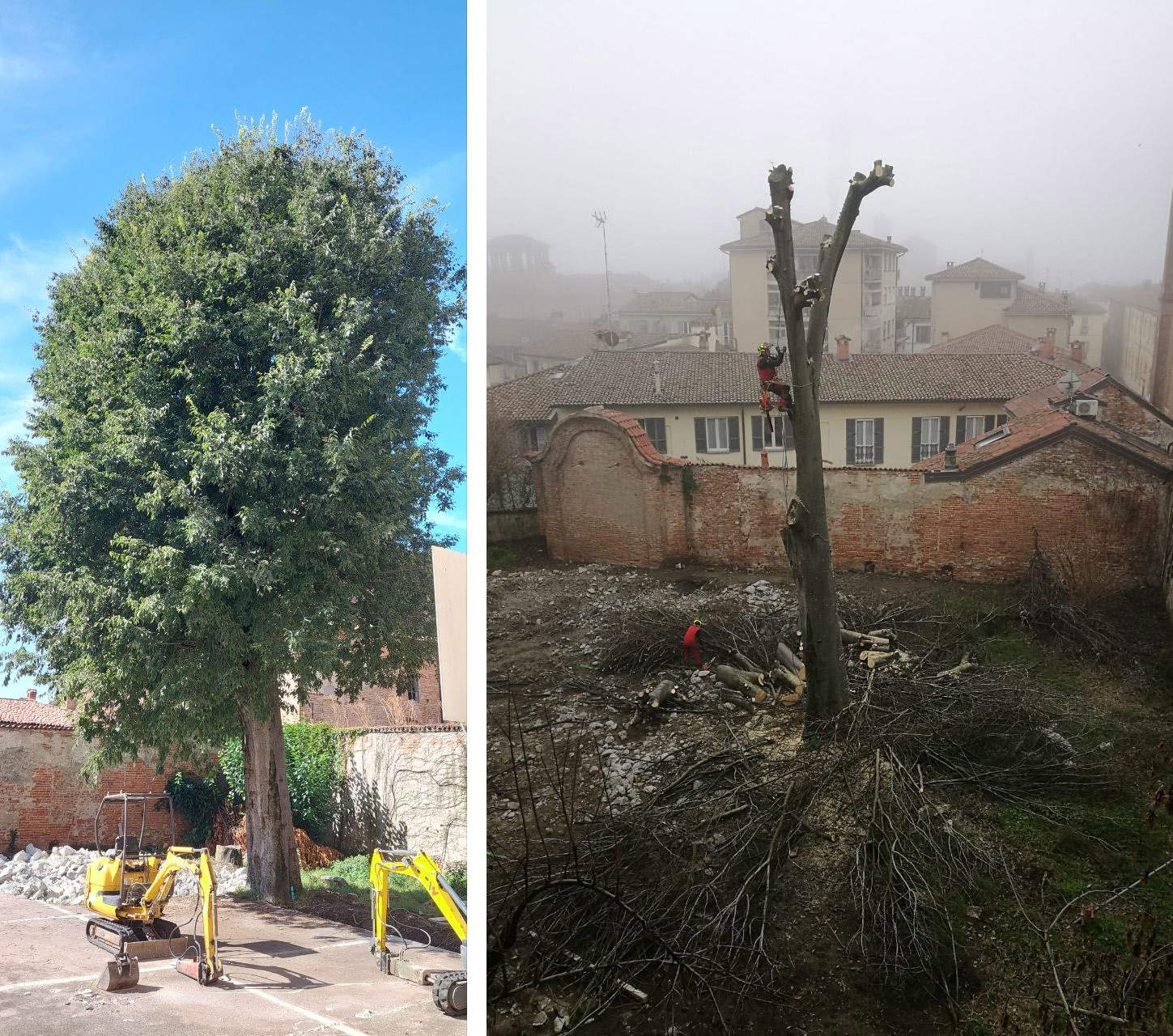
The affair showed a complex interaction between the different institutions involved. The Province of Pavia, which was responsible for promoting and contracting the work, has consistently argued the need for the work to meet the “great demand for space for sports activities” and for the “regeneration of the school heritage,” having obtained funding through a European call for proposals under the PNRR. Provincial President Giovanni Palli defended the choice of an above-ground structure over an underground one, fearing that “digging at that point would probably mean having the work halted due to the resurfacing of historical and archaeological finds.” Initially, the plan was indeed to build underground with a garden above, but excavations revealed the presence of Roman and medieval artifacts, leading to the decision to build the structure in the area of the high school basketball court.
The City of Pavia, as the owner of Palazzo Olevano, found itself in a complex position. The act that allowed the work to be contracted out was approved on July 13, 2023, by the previous center-right city administration. The current mayor, Michele Lissia, who has been in office since June 2024, made it clear publicly that he did not agree with that act, so much so that he walked out of the council chamber along with almost all of his then-minority colleagues at the time of the vote, expressing his opposition to the project. However, once the work had been started and the contract awarded, the mayor declared that “blocking or revoking the work would entail unreasonable and significant legal and economic risks” for the municipal administration and the entire community, including the possibility of onerous litigation with the contractor and the Province itself. Despite the “few weapons left,” his goal remained to protect the historical heritage of the Olevano Palace. To that end, Mayor Lissia, together with Aldermen Alice Moggi, Alessandra Fuccillo and Lorenzo Goppa, met with President Palli to agree on concrete actions. The requests made by the municipality included the establishment of a joint technical working group to constantly monitor the progress of the work and propose improvements (particularly for green and sustainable environmental sustainability, with “compensatory plantings” to be made in school and other buildings), full compliance with the prescriptions of the Superintendence (starting with the restoration of the votive shrine facing the courtyard), strengthening the monitoring of the historic wall bordering Via Cavallotti through the installation of sensors, the provision of provincial resources for the maintenance of the future rooftop garden on the gymnasium roof, and the accessibility of the gymnasium to citizens and local associations during extracurricular hours. The municipality also requested the allocation of additional resources by the province for the preservation and enhancement of Palazzo Olevano, of which the Province of Pavia is the concessionaire. Finally, the City and Province agreed to develop a project to restore the palace’s frescoes, with the aim of launching a fundraising campaign for this purpose.
Although the Superintendency has issued a conditional positive opinion on the project, it has been the subject of questions and criticism. In the City Council, despite strong criticism, the clearance was also voted for so as not to lose PNRR funds, emphasizing the interest of the 1,700 students. Many opposition councilors did not vote, showing that the matter was controversial and painful from the start. Finally, Cairoli High School teachers, in an unprecedented public stance by a hundred teachers, called for a permanent halt to the work, proposing the installation of a marquee as an alternative solution. This, described as “temporary and lightweight,” would not significantly impact the building’s foundation and would still allow the high school to have a functional gymnasium without jeopardizing the building’s stability. They also called for transparency on the data related to geological and archaeological surveys, which so far have not been made public, calling for an approach based on thorough and transparent risk analyses and greater respect for the building as an “important symbol of Pavia’s cultural heritage.”
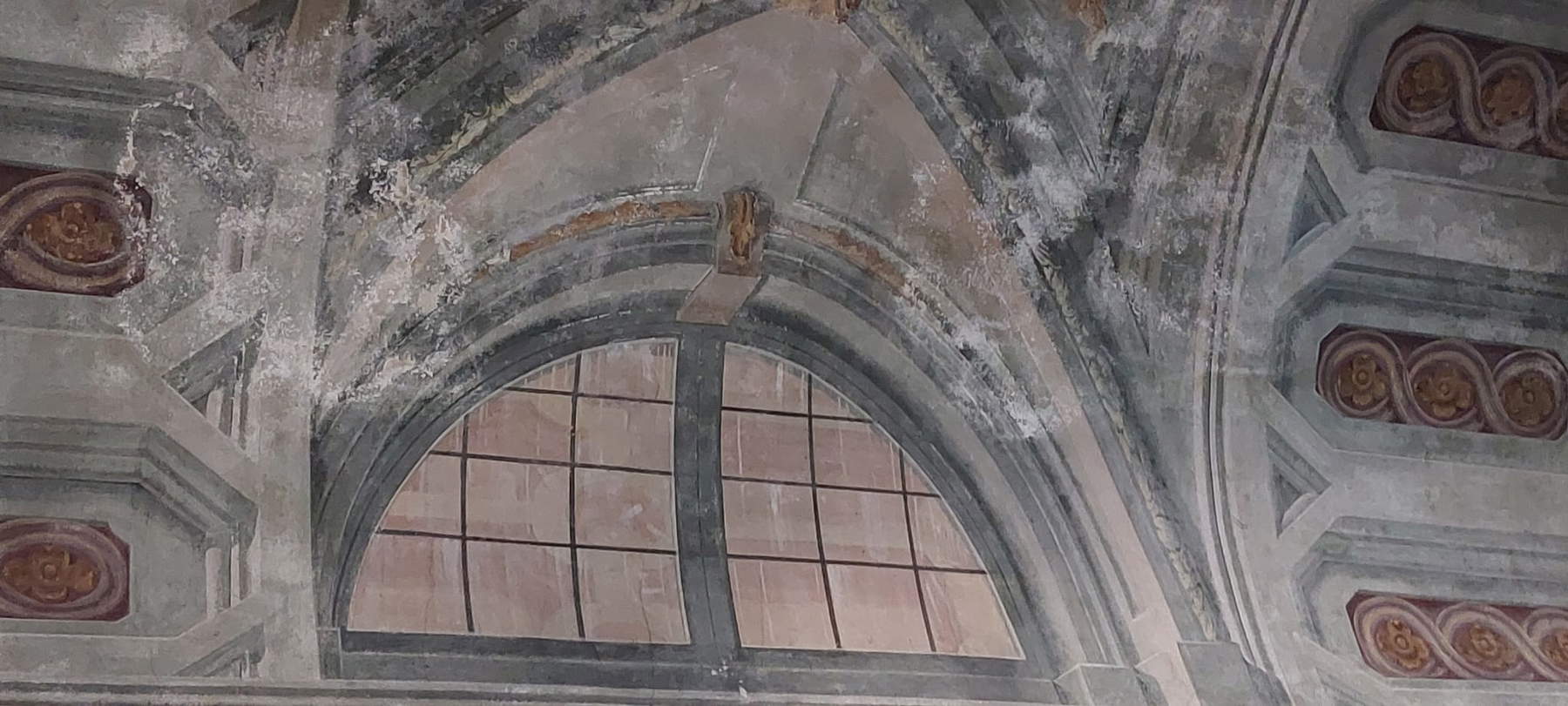
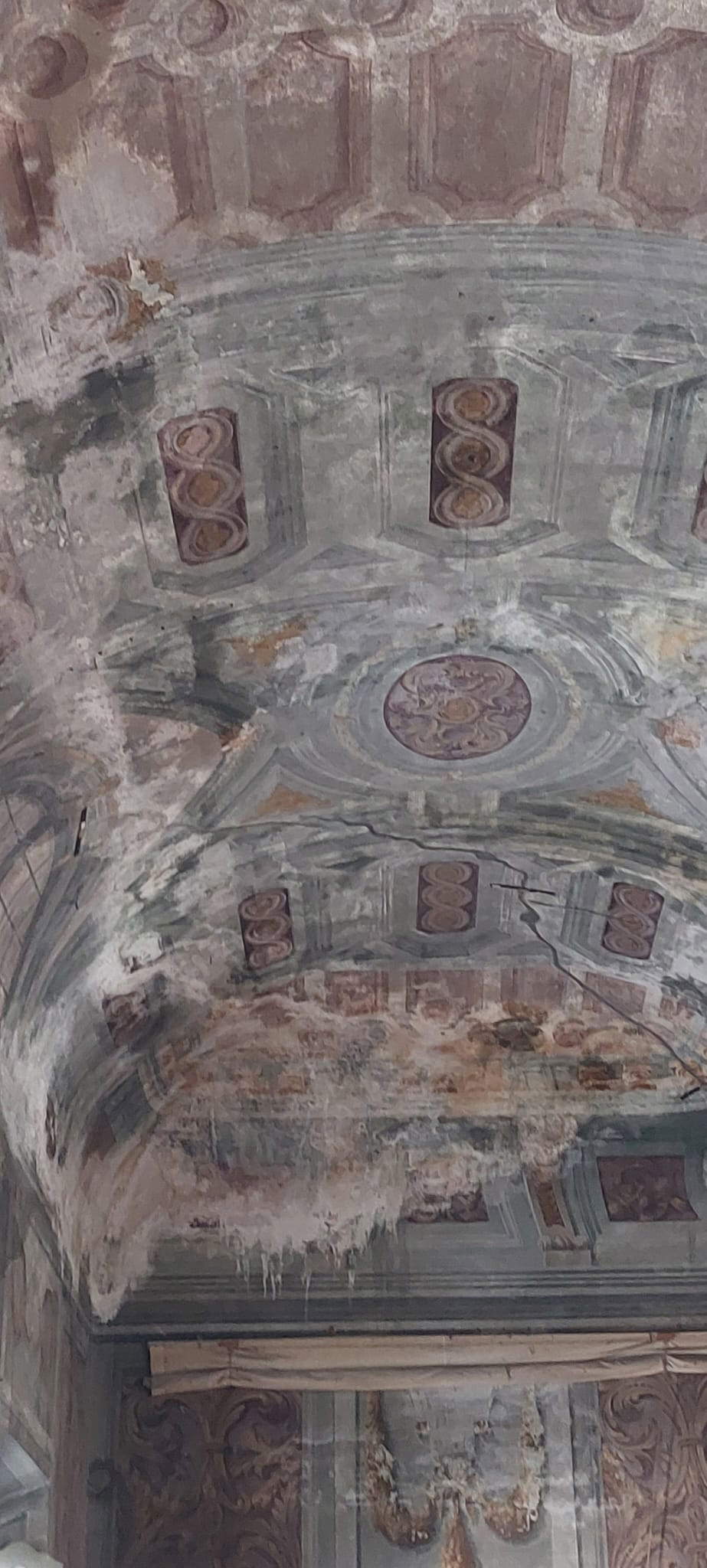
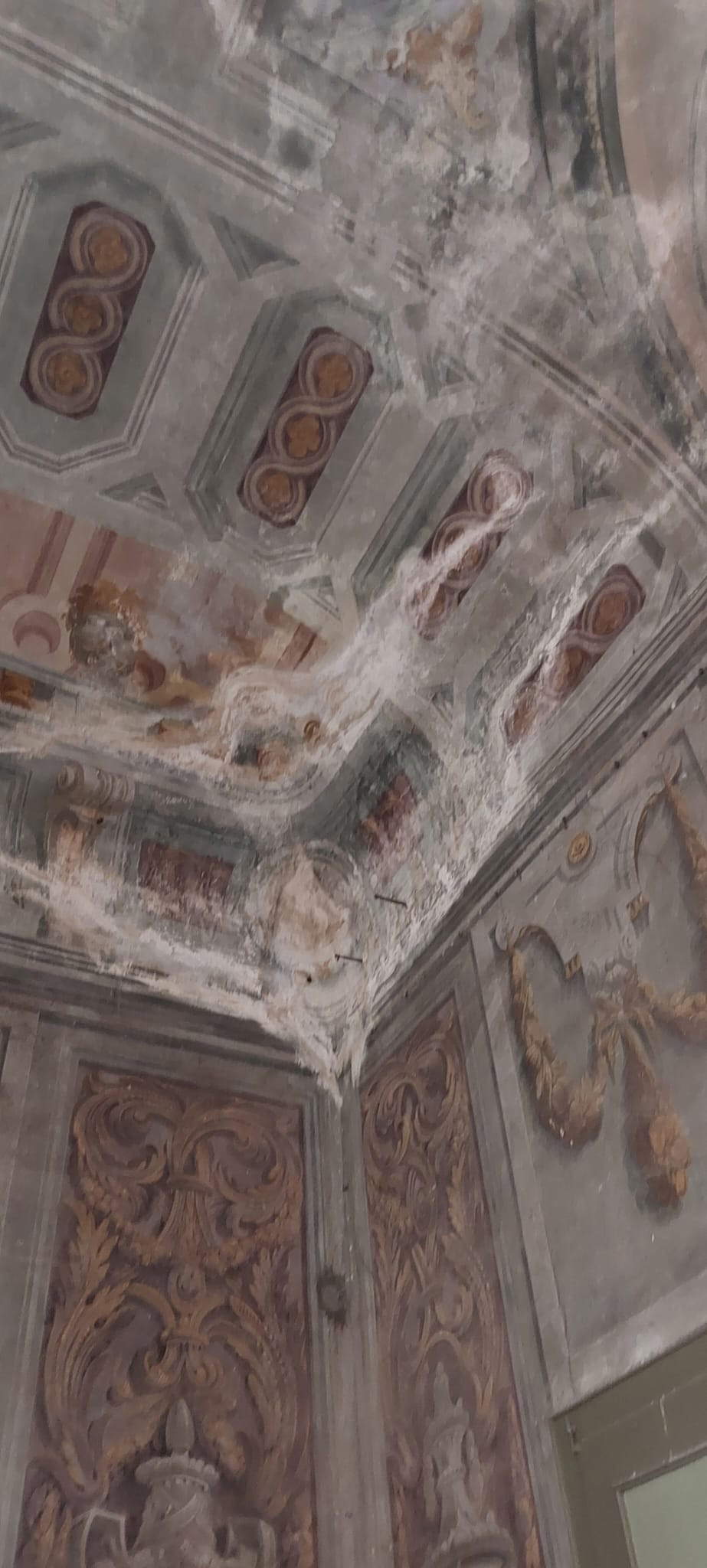
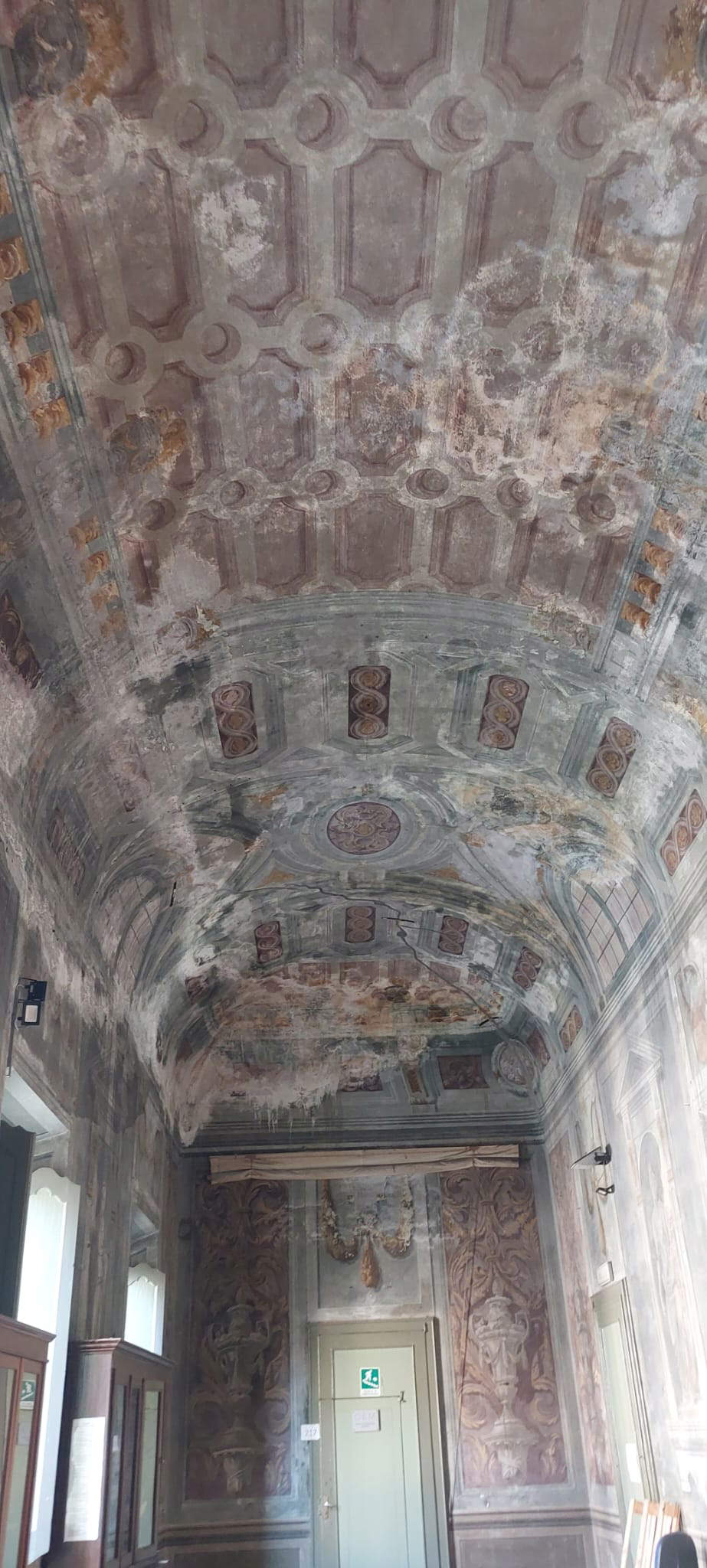
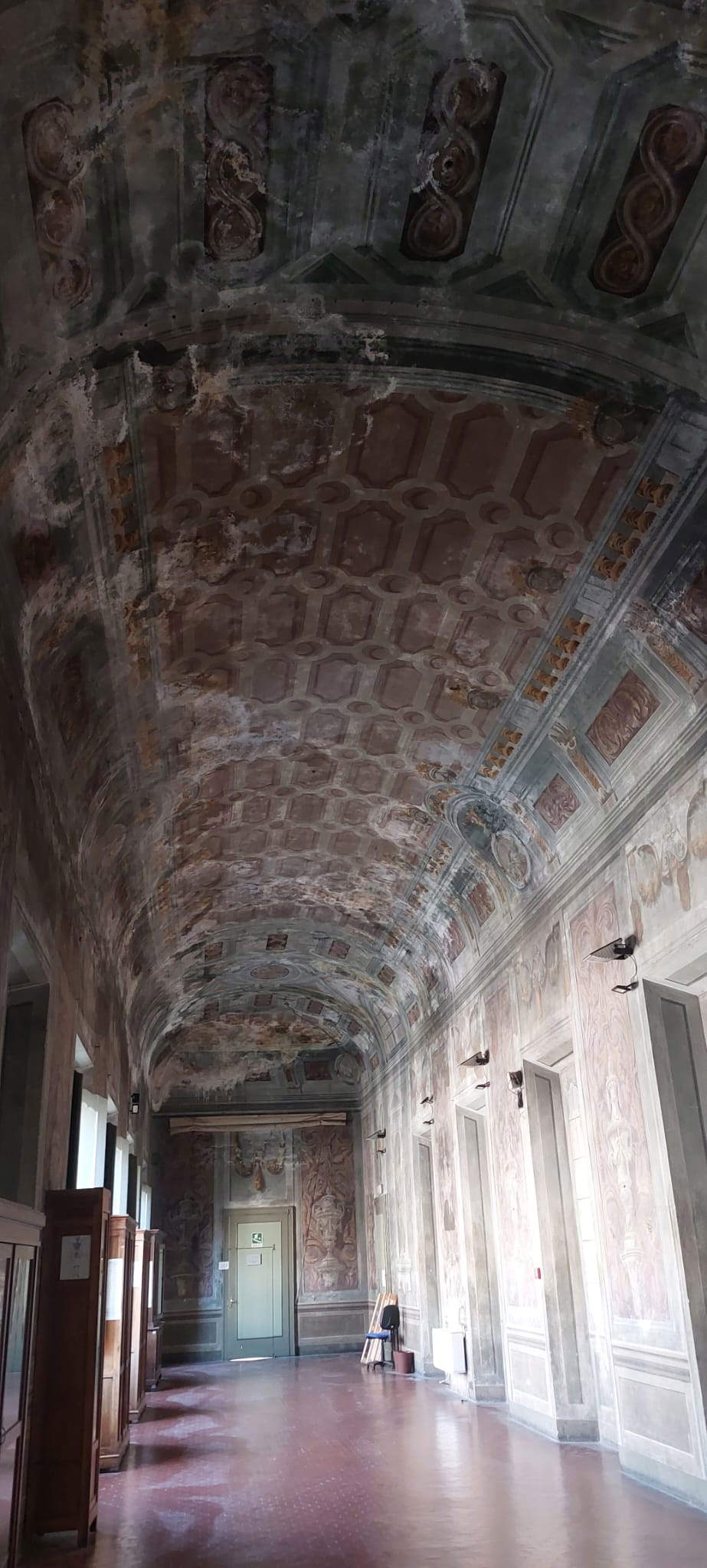
Work on the new gymnasium continues. Preliminary work, such as the removal of the 50-centimeter concrete slab and asphalt in the basketball court area, was already underway as of September 2024. The restoration of the damaged capitals was then completed, at a total cost of 25 thousand euros; the Province had decided, on the recommendation of the Superintendency, to extend the restoration to all the capitals to avoid color discrepancies, against an initial estimate of 1,500 euros. Paving is now being laid, and the installation of the light structure and finishes will follow. Restoration of the votive shrine in the high school courtyard is also underway. An additional 2.6 million euros have been allocated by the province for work on the Olevano Palace.
However, the discussion around an affair that has raised questions about the protection of Pavia’s historical-architectural heritage has not subsided. Many Pavia residents wonder whether it is not possible to wait and look for alternative, less compromising and more shared solutions that can serve as an example to younger generations.
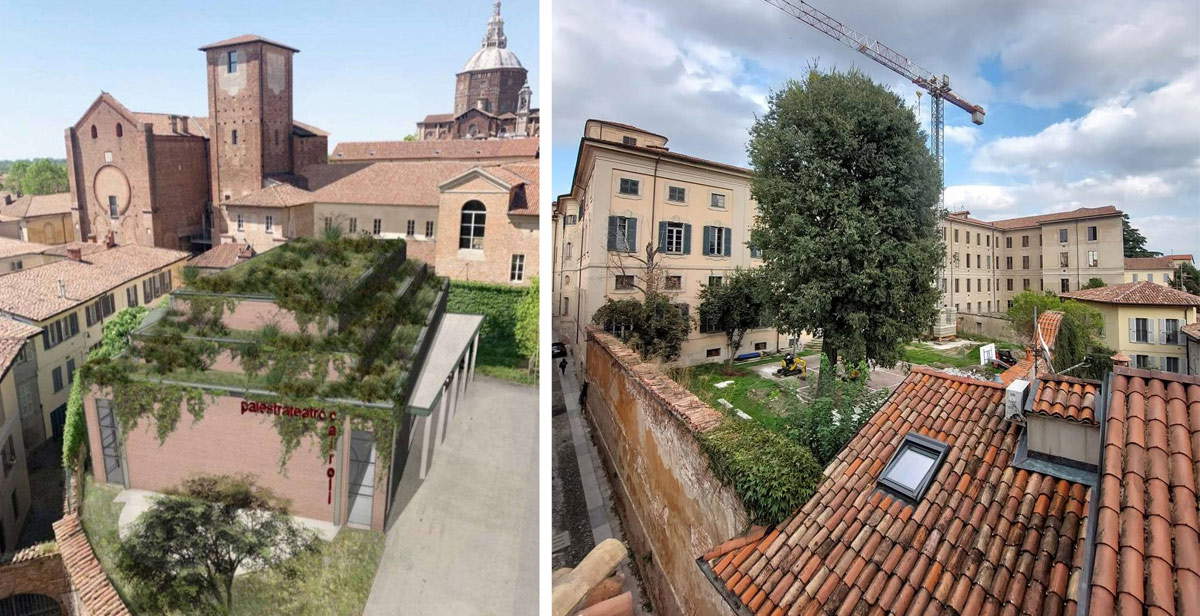 |
| After Florence's cube, Pavia's ziqqurat: a gymnasium on the garden of an 18th-century palace |
Warning: the translation into English of the original Italian article was created using automatic tools. We undertake to review all articles, but we do not guarantee the total absence of inaccuracies in the translation due to the program. You can find the original by clicking on the ITA button. If you find any mistake,please contact us.